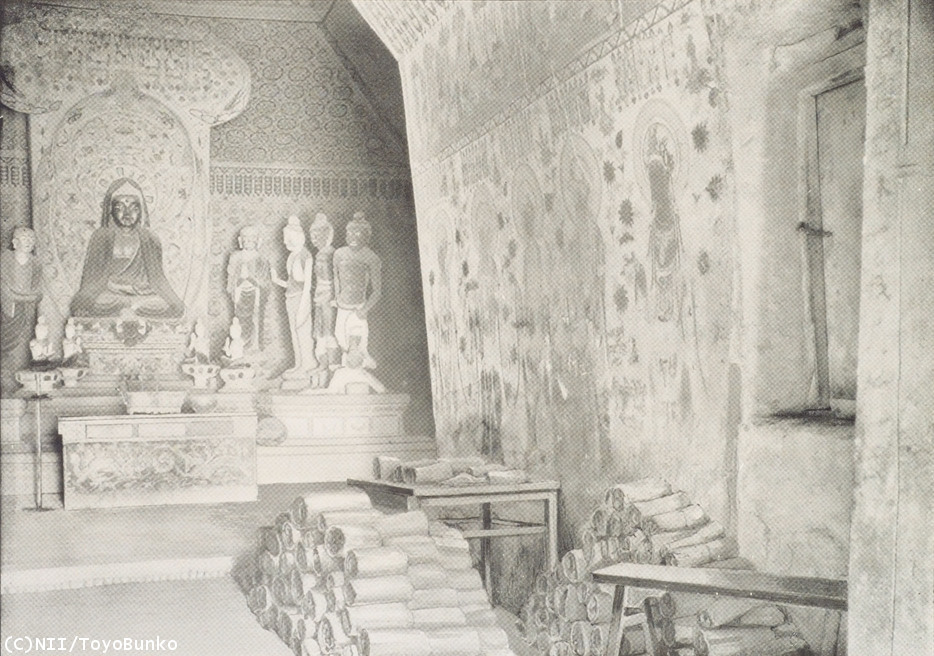I was pleasantly surprised while reading and commenting on my classmates’ blog posts. I assumed most would choose Option A–as I did–but according to the posts that I read, the majority of them chose Option B, zooming in on one item and introducing it.
In this course so far, I have been maintaining a broad view, learning across the dynasties (Qin, Shang, etc.), to create connections. While I deem it to be important to keep my mind open and consider things generally, it is equally as important to focus on one thing in order to make a thorough analysis. I read others’ blog posts, so I was given the opportunity to study and learn with a narrow focus. By doing so, I was still able to see relationships, in a different sense. For example, one of the blog posts that struck me made an amazing connection between Tang China and Minecraft via Lapis Lazuli, a precious mineral. Seeing parts of our lives intertwine with history makes us value the learning experience a bit more.
Three Things I Learned this Week
- Various means of learning, especially zoomed-in and zoomed-out learning.
- The Library Cave at Dunhuang and the contents found.
- Tang China relative to the Silk Road and other surroundings.
Bibliographic References
Hansen, Valerie. The Open Empire : A History of China to 1800. Second ed. New York: W.W. Norton & Company, 2015.
Hansen, Valerie. The Silk Road : A New History with Documents. New York: Oxford University Press, 2017.
